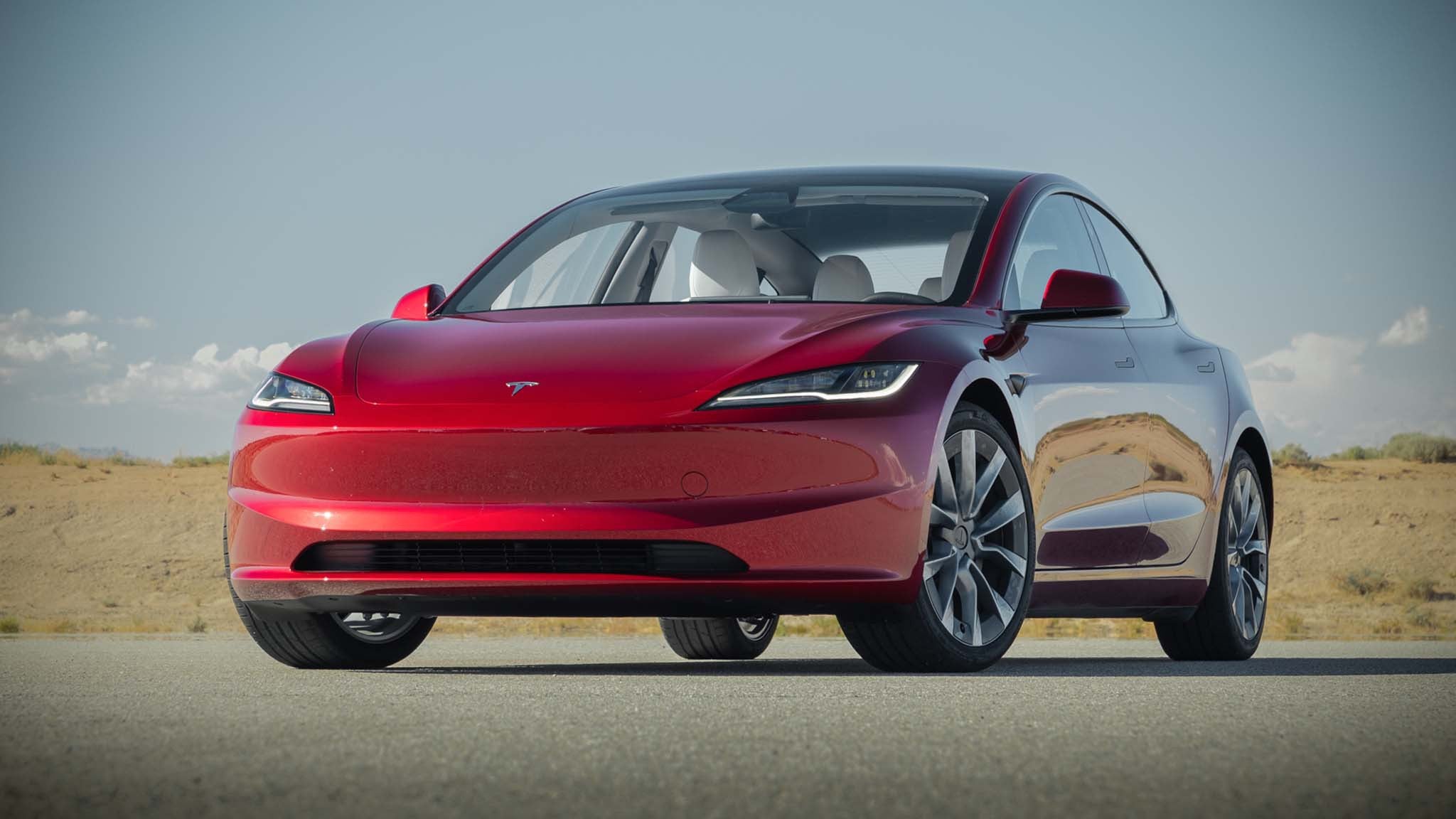Ford’s Shift Toward Cost-Efficient EVs
Ford was among the earliest legacy automakers to take electric vehicles seriously. The Mustang Mach-E and F-150 Lightning arrived with strong reviews and healthy early demand. Yet despite their visibility, both models fell far short of Ford’s internal sales expectations. The reason was simple: Ford built them like conventional vehicles and then added expensive battery packs, resulting in losses on nearly every unit sold.
At the same time, Ford has grown increasingly wary of rapidly advancing Chinese EV manufacturers, whose vertically integrated supply chains and aggressive production methods enable them to build competitive EVs at significantly lower prices. Ford’s leadership, including CEO Jim Farley, has been blunt: unless the company learns to build EVs with the same efficiency, its long-term outlook is at risk.

The New Universal EV Platform
To close that gap, Ford has created the Universal EV Production System, a ground-up rethinking of how electric vehicles are designed and assembled in the United States. The first product riding on this platform will be a $30,000 electric pickup arriving in 2027.
We don’t yet know the truck’s final appearance, but Ford has already made one thing clear: it will not follow the classic, boxy profile of today’s pickups. Instead, its form will be shaped entirely by cost efficiency and aerodynamics.
Inside Ford’s Skunkworks Approach
In interviews with Wired, CEO Jim Farley and chief EV, digital, and design officer Doug Field explained how Ford’s Southern California “skunkworks” team rebuilt the entire EV development process. Their objective was to reduce manufacturing steps, shorten engineering timelines, and minimize material use.
Field’s team became fixated on one particular lever: drag reduction. According to Field, cutting just 0.01 Cd of aerodynamic drag equates to $25 in battery savings. Since batteries are the single most expensive EV component, this relationship fundamentally alters how Ford designs future models. Farley even suggested that Ford’s next-generation EVs could use far smaller battery packs than their competitors, relying on improved efficiency instead of raw kilowatt-hours.
Borrowing Lessons From Tesla and China
Doug Field’s background plays a major role here. Before joining Ford, he helped engineer the Tesla Model 3, a vehicle whose cost-efficient design was essential to Tesla’s early profitability. Chinese automakers have since built on that playbook, combining Tesla-style engineering with ultra-efficient factories and lower labor costs. The result: EVs under $20,000 that still deliver strong range and performance.
Ford’s traditional assembly methods simply cannot compete with that. That is why the company is adopting a new “assembly tree” system that uses three sub-lines feeding into a shorter final line, dramatically reducing complexity, parts count, and labor requirements.
Why Aerodynamics Will Define the 2027 Truck
A key outcome of Ford’s new process is the emphasis on aerodynamic shape. While American buyers love rugged, upright trucks and SUVs, that profile is disastrous for EV range. A larger battery could compensate, but that would undermine Ford’s entire cost-reduction strategy.
By designing a more aerodynamic truck, Ford can deliver the same range with a smaller battery pack—achieving both lower prices and lower manufacturing costs. The Tesla Cybertruck, with its surprisingly low 0.34 drag coefficient, proves that aerodynamic trucks are possible. Ford’s pickup will aim for even better efficiency, though its exact Cd remains undisclosed.

Will Buyers Accept the New Look?
The biggest wild card is consumer preference. If Ford’s efficient design deviates too far from the classic pickup silhouette, buyers may hesitate. However, Ford believes the long-term EV race will be won not by tradition but by engineering discipline, manufacturing efficiency, and intelligent energy use. Competing head-to-head with BYD and other global manufacturers requires nothing less.
Recommend Reading: Ford May End F-150 Lightning Production as EV Sales Slow







Aktie:
What to Know About Buying a Used Tesla With Long-Last-Life Batteries